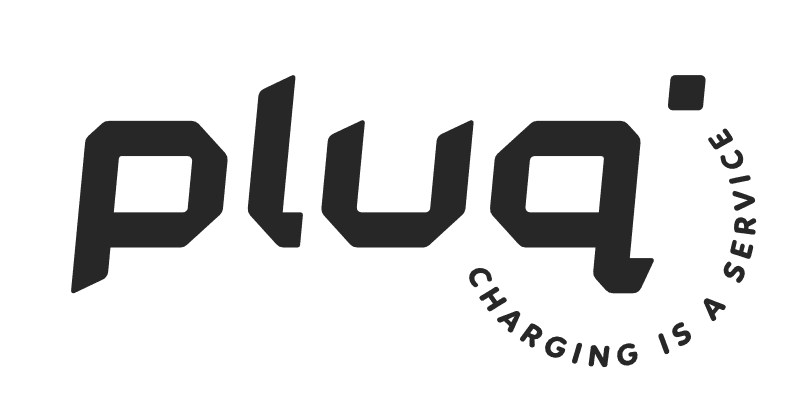As electric vehicles (EVs) become more mainstream, the demand for intelligent charging solutions is increasing. One of the most critical technologies to manage this demand efficiently, without overloading the power grid, is load balancing.
This intelligent system dynamically distributes available power across multiple charging stations, enabling both individuals and businesses to maximize their energy usage.
What is load balancing?
Load balancing ensures that your electrical system is not overwhelmed when multiple electric vehicles charge simultaneously. Without it, a high combined energy demand could lead to grid overloads, power outages, or even tripped circuit breakers.
And this isn’t just a problem for large facilities—it’s something that can happen in homes, too.
Imagine this: you’re charging your EV while running the dishwasher, dryer, and electric stove—all at once. Without proper power distribution, your home’s electrical system might not handle it. Load balancing intelligently distributes the available power, preventing outages while maintaining optimized energy usage.
How does load balancing work for charging stations?
In a business or multi-vehicle setup, load balancing automatically adjusts charging speeds based on real-time power availability. It considers factors such as the site’s total energy capacity, the number of EVs plugged in, and other energy-consuming systems on-site.
When multiple vehicles are charging, load balancing calculates the most efficient way to divide the available electricity, ensuring all cars charge without straining the grid. This is essential for:
- Parking garages
- Business parks
- Hospitals
- Hotels
- Apartment buildings
Why load balancing matters
Is load balancing always required? Not necessarily. However, in most scenarios, it is highly recommended, especially when dealing with multiple chargers or high energy demands. Without it, you risk peak loads that drive up costs or destabilize your power supply.
With dynamic electricity pricing and the rise of solar panels, smart charging also enables EVs to charge when power is cheapest or when there is excess solar energy available.
Benefits of load balancing
- Prevents overload on your electrical system
- Maximizes the use of available power
- Scales easily with additional charging points
- Cuts costs through intelligent energy distribution
- Enhances the use of solar energy or off-peak electricity
Types of load balancing
Static Load Balancing
This approach assigns a fixed amount of power to each charging station, regardless of the actual energy load. While easy to implement, it lacks the flexibility to respond to changing demands.
Dynamic Load Balancing
This more advanced system adjusts charging power in real time, based on the actual energy use at any given moment.
Key features:
- Real-time power allocation based on live energy usage
- Avoids peak loads and extra energy costs
- The management platform gives insight into all charging sessions
- Perfect for integrating with solar power and smart grids
Load balancing and solar energy
For homes and businesses with solar panels, load balancing becomes even more powerful. Dynamic systems can prioritize self-generated solar power for electric vehicle (EV) charging, reducing grid dependence and lowering energy bills.
Charging becomes more sustainable, efficient, and cost-effective—simultaneously.
What does load balancing mean for offices, hospitals, and hotels?
Offices
As companies transition to electric mobility, employee charging becomes a standard practice. Load balancing enables multiple EVs to charge simultaneously, without tripping the system or causing high peak energy bills. It also helps businesses take advantage of off-peak rates.
Hospitals
In hospitals, critical medical equipment must always have priority. Load balancing ensures that EV charging for staff and visitors doesn’t interfere with vital operations. It maintains a stable and reliable energy flow.
Hotels
Guests increasingly expect EV charging as a standard service. With load balancing, hotels can support multiple charging sessions without compromising essential services, such as air conditioning, kitchen power, or lighting. That means happy guests and better control over energy costs.
Load balancing is the backbone of smarter charging
Whether you’re managing a commercial site, a hospital, a hotel, or even a private home, load balancing is essential for operating multiple EV chargers safely and efficiently.
As EV adoption grows and energy systems become more dynamic, load balancing ensures you can scale your charging setup without risking overload, downtime, or unnecessary costs.
It’s not just a technical add-on—it’s the key to future-proofing your charging infrastructure.
Curious how load balancing can work for your business?

